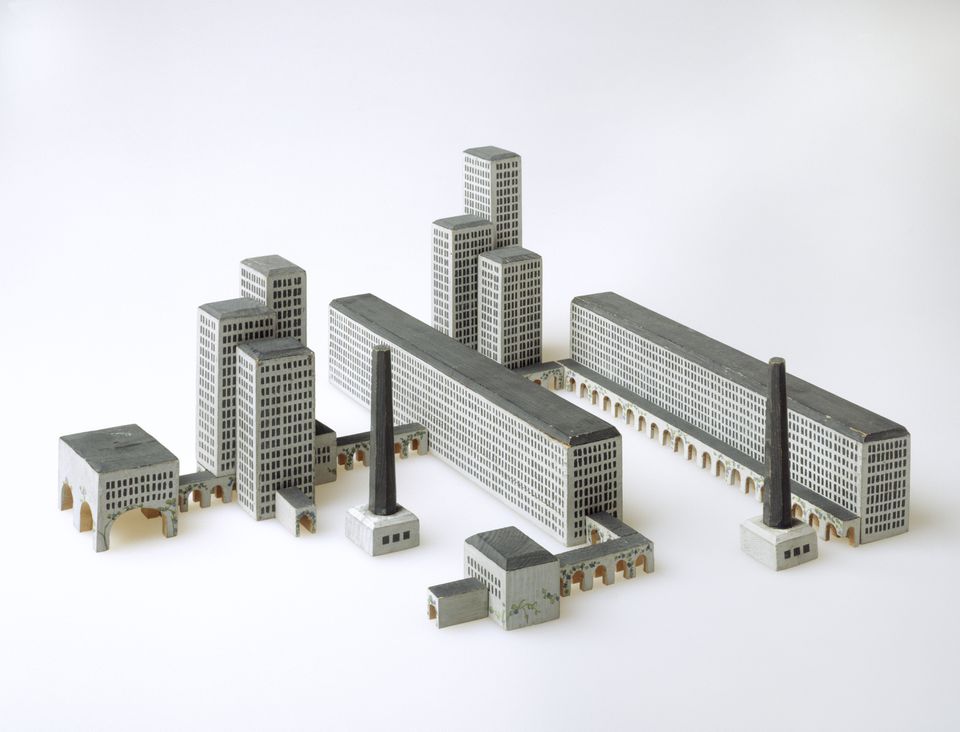Every building is a gaping hole of materials ripped out of the Earth, the cause of poisoned waters and destroyed habitats. Every building is a giant exhale of CO2. Every building is a body-wrenching machine, first demanding the labour of architectural and construction workers and then cleaners and maintenance staff. Every building holds the promise of gentrification and displacement, of eviction and foreclosure, of the bonds of debt and mortgage, and of perpetuating oppression. Every building intrudes on human and nonhuman lives. Every building prevents the existence of other things—either for a while or forever.
These painful truths are emerging more clearly in the architecture profession as part of an intensifying desire, most acute among younger generations and critical practitioners, to respond to the shame of intertwined social and spatial catastrophes. To do no harm.
But the solutionist instinct of the profession is strong; from care work to remediation schemes and from reuse strategies to expensive techno-fixes, comforting conversations are abundant. While some seek solace in 3D printed algae, hyper-connected net-zero homes, carbon offsets, or complete solar-powered cities, others see salvation in diversity and inclusion working groups, re-naming colonial streets, or community consultations. But despite many urges toward a more responsible architecture, the industry pursues its destructive enterprise, now often wrapped in cloaks of sustainability and care. In his “Oath for Architects and Planners” Pakistani practitioner Arif Hasan spells it out: “I will not do projects that will irreparably damage the ecology (…) I will not do projects that increase poverty, dislocate people (…) I will not do projects that destroy multi-class public space (…).“ His words hold the promise of an ethical practice of architecture. One that limits the damage. One that does no harm. But is this even possible?
Over three (intense) weeks both online and in Montréal, residency participants will interview architects, activists, scientists, and critical thinkers whose practices suggest new ethical engagements with the harm at the heart of the architecture. The residency will ask: can there be construction without harm? How much damage is worth participating in? What is “worth it” and who decides? Is there any way out?
We will produce an online publication, an illustrated diary of an architect in ethical crisis who is judging between contemporary strategies to separate what’s promising from what’s just cheating. An honest search for ways forward without knowing precisely where they may lead.
